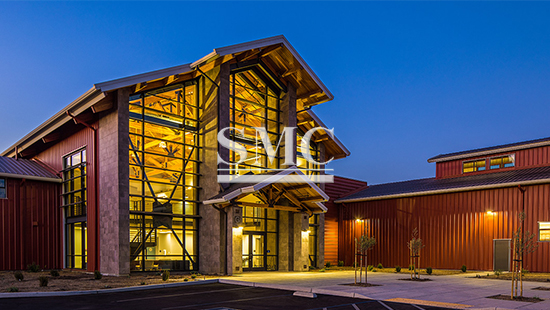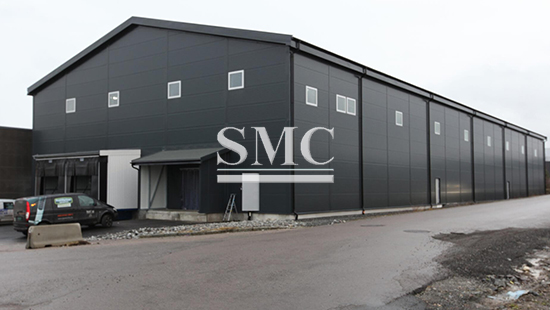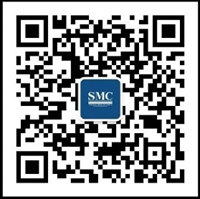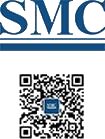
- Company overview The heart of SMC Vision & Philsophy Partnership Certifications Company culture
- Our service Design and Engineering Maintenance and Service Examine Production Line Upgrade and Transformation Storage and Logistics Processing, Trading and Distributor
- Management Our history Global responsibility Info Center
- Procurement center Internship
- Metal Steel Products Stainless Steel Products Aluminum Products Copper Products Galvanized Steel and PPGI Special Alloy Building Material
- Containers ISO Standard Container Equipment Container Storage Container Container House Refrigerated/Reefer Container Offshore Container Tank Container Container Fittings Container Trailer
- Gas Cylinder & Fire Extinguisher Cryogenic Liquid Cylinder Oxygen Gas Cylinder Storage Tank CNG Gas Cylinder LPG Gas Cylinder Hydrogen Gas Cylinder Nitrogen Gas Cylinder Industry Gas Cylinder Fire Extinguisher
- Metal Machinery Forming Machine Other Machinery Cutting Machine Processing Machine Bending Machine Block Machine Motor Spare Parts
- Mechanical Products Vehicle Industry Miscellany Mooring Equipment Marine Equipment Pressure Vessel Conveyor Belt Laser Equipment Bearing
- Electrical System Electrical Cable Automation Power Distribution Solar Power System Electric Protection System Transformer Production Line Lighting System
- Project Fiberglass Reinforced Plastic Plastic Pipes and Pipe Fittings Pontoon System
What are The Main Points of Installation and Use of Color Coated Board?(1)
Installation
The surface of the color-coated board must never allow metal filings, drill cuttings, cuttings, and other metal objects such as rivets and fasteners to remain, because metal residues will cause rust spots. As soon as these residues are found, they need to be removed from the roof immediately, or at least after the end of each day. Avoid walking on top to avoid damaging the paint film. In the case of strict requirements, the building should be inspected within 2 weeks of installation to remove residues that may rust. Removing the residue at this time will help the roof look to last longer.
Release film
A layer of specially designed transparent organic film is applied on the surface of some color-coated boards. Organic film can protect the color plate coating from scratches during storage and transportation, but it must be removed immediately after installation. The sunlight will enhance the adhesion between the organic film and the surface of the color plate. Therefore, when the color coated plate is placed on site, it needs to be covered to avoid direct sunlight.
Cut
Whenever possible, use trimming boards to avoid cutting on site. If cutting is required, cutting tools such as straight shears, curved shears, saws and manual shears can be used. All cutting work performed on site must not damage the coating or coating of the steel sheet and maintain good cutting edges. The cutting edge must be kept sharp to reduce burrs. When cutting, first keep the surface of the steel plate facing up so that the burrs generated are on the back of the steel plate. Do not cut on the surface of other color-coated plates. If power cutting or drilling is required, tape or rag should be covered around the hole and near the cut to prevent hot chips from burning the coating. Avoid using tools such as abrasive wheel cutting, hacksaw or flame cutting to damage the steel plate coating and coating.

Matching materials
Copper, lead, graphite, and unprotected steel plates must not be used in direct contact with the color-coated plates, and the copper plates should be prevented from losing material on the steel plates. Color-coated boards must not be used in direct contact with wet or weathered wood and wet cement. The reasons are as follows: the moisture contained in the wood, the corrosive chemicals of weathering treatment will shorten the life of the color plate, the loss of the chemically treated wood causes corrosion, and the wet alkalinity of the cement can react with the steel plate coating.
Sandwich panel
Due to the electrochemical reaction, lead and copper sandwich panels will accelerate the corrosion of aluminized zinc steel sheets. Lead cannot be used as a sandwich panel with aluminized zinc steel sheet, and copper cannot be used as a sandwich panel with aluminized zinc and galvanized sheet. Recommended materials for sandwich panels are aluminized zinc substrate, aluminized zinc color plate, and aluminum plate. Due to the short life of galvanized sheet, it should not be used as a sandwich panel with aluminized zinc color sheet. Carbon-free rubber and aluminum factory roof-penetrating sandwich panel materials, such as exhaust ducts, can be used as a sandwich panel with aluminized zinc steel sheet.
Storage and transportation
Failure to take simple and basic precautions during storage and transportation may result in damage, delays and economic losses to the steel plate. Lift on the center of gravity of the bale. When using a crane to lift, use nylon straps and extended crossbars, not wire ropes. When using a forklift for loading and unloading, the fork distance must be greater than 5 feet. If the steel plate exceeds 10 feet, 2 or more people need to lift one side to avoid sagging. Take the following measures during transportation and installation to avoid damage to the color-coated sheet. Keep the steel sheet dry during transportation. Wear dry and clean gloves during handling and installation of steel plates. Steel plates cannot be pulled on rough surfaces and steel plate surfaces. The steel plate should be placed off the ground and placed on a dunnage, tilted at an angle to avoid water accumulation, and covered with a rainproof cloth. Wet bales should be quickly isolated, wiped with clean gauze, and stacked in a ventilated place until completely dry.

Try to avoid backfilling the soil on the side of the aluminized zinc plate. When the backfilling must be performed, the surface of the steel plate and the backfilling soil should be separated by a separation film. Ideally, a fixed backing plate should be added when installing aluminized zinc-coated steel plate on the concrete foundation, and prevent the side of the aluminized zinc plate from directly contacting the backing plate. The fixed backing plate should be inclined at a certain angle to avoid water accumulation and drainage to the cut edge of the aluminized zinc steel plate.
Insulation
Glass fiber mats are usually used for insulation under the roof of the color-coated board and the wall surface. If the steel sheet and the fiber mat are in contact, it will absorb moisture and cause sub-film corrosion, especially near the end of the steel plate and the color-coated board under the eave Sub-film corrosion occurred. Therefore, the insulation felt should be installed on the fixed backing plate to keep it dry to avoid capillary phenomenon and corrosion under the film. Similarly, if the insulation felt on the roof and upper wall is improperly installed, the back surface of the steel plate will be corroded under the effects of condensation and wind and rain. The installation process should avoid continuously dampening the insulation felt. The correct installation method of the insulation felt on the roof panel should seal all the sealing film seams, repair all the holes in the sealing film and other defects to avoid water leakage, because the water vapor on the back of the roof panel is dew condensation and insulation Moisture absorption of the membrane will cause corrosion under the membrane.
For more information, please visit: https://www.shanghaimetal.com/prepainted_galvanized_steel_coil_ppgi-384.htm
For our full list of products that we offer check out our website here. Be sure to join the conversation in our LinkedIn group, Facebook, Twitter.
Try also our We Chat by scanning the QR code below.
Hales H.//SMC Editor

